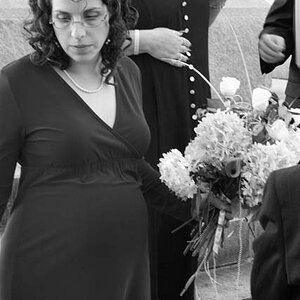- Joined
- Aug 15, 2013
- Messages
- 13,695
- Reaction score
- 3,369
- Location
- SE Michigan
- Can others edit my Photos
- Photos OK to edit
of course, you probably would need a tripod
as you increase the f number you also increase shutter. you could also increase ISO.
If ISO is 100 at night, try moving it up to at least 400 (just for experimentation but also try at least 800 to start geting comfortable with ISO). With todays' cameras they can handle alot of ISO but that's with my d7000 but I assume your d3200 can handle the same thing as my d7000 as yours is 24mp and mine is 16mp and ISO looks to be comparable.
as you increase the f number you also increase shutter. you could also increase ISO.
If ISO is 100 at night, try moving it up to at least 400 (just for experimentation but also try at least 800 to start geting comfortable with ISO). With todays' cameras they can handle alot of ISO but that's with my d7000 but I assume your d3200 can handle the same thing as my d7000 as yours is 24mp and mine is 16mp and ISO looks to be comparable.




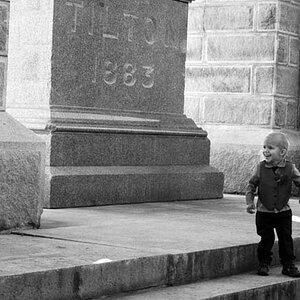
![[No title]](/data/xfmg/thumbnail/42/42464-98a778e864f4e6df2a9cc673b7549322.jpg?1619740192)
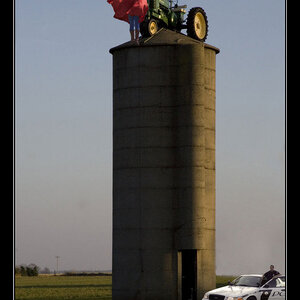
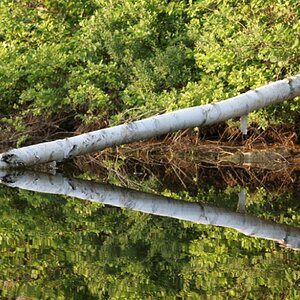
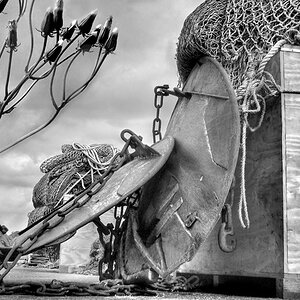
![[No title]](/data/xfmg/thumbnail/40/40286-86401b94de8b01bea8bb4ea154aaea0a.jpg?1619739408)
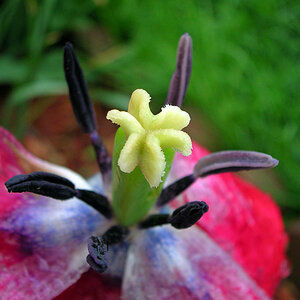
![[No title]](/data/xfmg/thumbnail/42/42467-e93a2a1ecfbab434ac7d27c9d0dd0a02.jpg?1619740193)
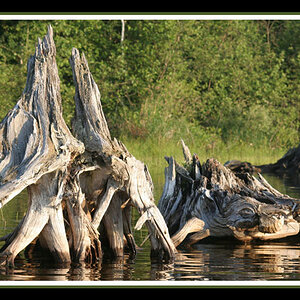
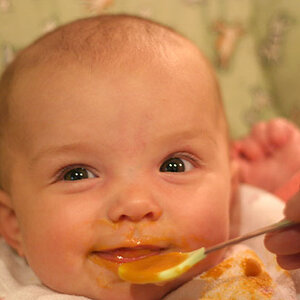
![[No title]](/data/xfmg/thumbnail/41/41781-7dcfd2ee71d4a453b4ad9fb5c7e723f1.jpg?1619739890)
